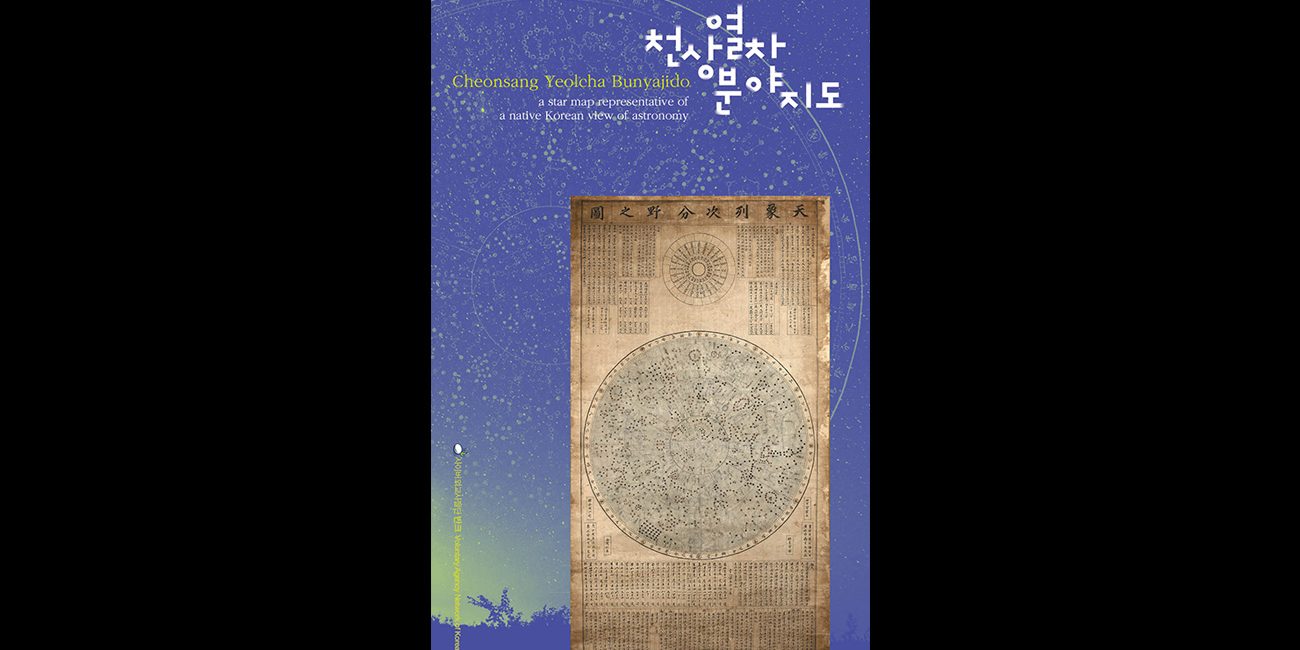Korea has the world’s second-oldest existing astronomical chart.
In 1395 during early Joseon (1392-1910), Cheonsang Yeolcha Bunyajido (star map) was created. The map was carved on a flat black stone of 122cm width and 211cm height. A total of 1,467 stars are engraved on it. Nearly all the constellations visible to the naked eye in the northern hemisphere at the time are reflected on the map. The map includes four large concentric circles. On the most inner circle are constellations like the Big Dipper that are visible throughout the year. On the most outer circle are the boundary lines of the Milky Way. In the middle are ecliptic and equatorial circles, showing the sun’s path and the equator between the South Pole and the North Pole. Astronomical changes, including the movement of the sun and the moon, are intricately depicted.
Cheonsang Yeolcha Bunyajido, representing the Eastern constellation systems, share many similarities with China’s Suzhou Star Chart made in the 13th century. However, there are also distinctive characteristics. It includes constellations that are not in the Suzhou Star Chart or are shaped slightly different. The most remarkable difference is that it marked the size of stars differently, reflecting their varying brightness. Based on the carved text on the stone, it is a reproduction of Goguryeo’s astronomical chart. Cheonsang Yeolcha Bunyajido shows Korea’s long tradition of astronomy and its advanced astronomical technology.
“Cheonsang Yeolcha Bunyajido is a detailed and accurate astronomical chart that integrated the East’s astronomical view.” – W.C. Rufus, “Korean Astronomy” (1396)
